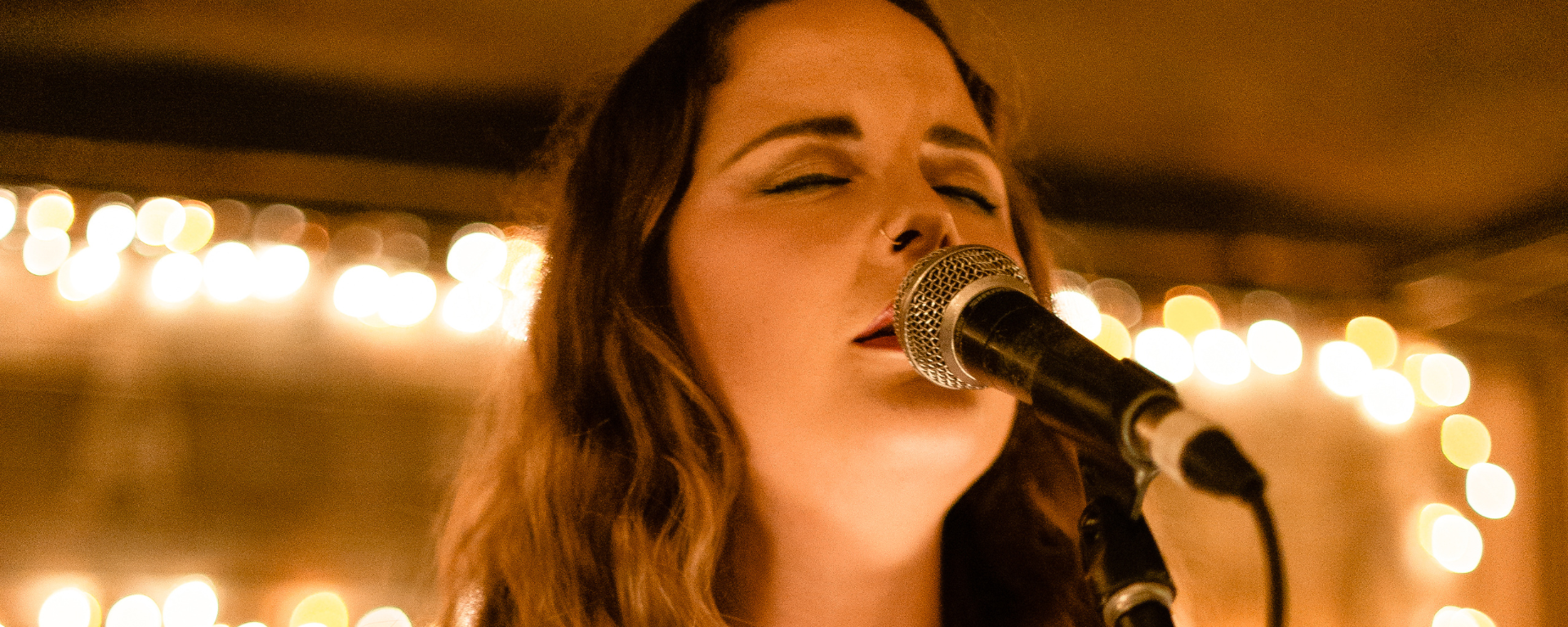Ballads are a form of poetry and music that have been around for centuries. Originally passed down through oral tradition, ballads were used to tell stories of love, loss, and tragedy. In the modern era, ballads have remained a popular form of music, often used to convey powerful emotions and stories.
Historically, ballads were used to tell stories. They had plots, characters and drama, and were passed down from generation to generation through oral tradition. As time went on, ballads began to be written down, becoming a popular form of entertainment.
Ballads have since maintained their space in popular culture. Some examples of ballads today are “The A Team” by Ed Sheeran and “Someone Like You” by Adele. If you are interested in writing your own ballad, there are a few key things to keep in mind. First, you will want to choose a story that is meaningful and emotional. Ballads are all about storytelling, so you want to make sure that your lyrics are engaging and powerful.
Chords
One common chord progression is the I-V-vi-IV progression, which has been used in countless ballads throughout history. These progressions provide a stable foundation for the melody, allowing it to soar and take center stage.
Melody
When it comes to creating the melody, one approach is to start by coming up with a simple melody that follows the chord progression. Once you have the basic melody down, you can start adding more complex embellishments and variations to make the melody more interesting and expressive. It can also be helpful to experiment with different tempos and rhythms to find the right feel for the ballad. It is important to remember that the melody should not distract from the story you want to tell.
Rhyme Scheme
It’s also important to pay attention to the rhyme scheme and meter when writing a ballad. Traditional ballads often use a simple rhyme scheme (such as ABAB or AABB), and the meter is usually iambic. However, there are no hard and fast rules when it comes to writing a ballad, so feel free to experiment with different rhyme schemes and meters to find the one that works best for your story.
Structure
In terms of the overall structure of a ballad, there are a few common elements to keep in mind. Most ballads consist of a series of verses that tell the story, with a chorus or refrain that repeats throughout the song. The chorus provides a moment of catharsis, allowing the listener to connect with the emotional core of the song.
In conclusion, ballads are a powerful form of music and poetry that have been around for centuries. Their ability to tell emotional stories and connect with the listener has made them a timeless form of music that remains popular to this day. If you are interested in writing your own ballad, remember to choose a meaningful story, a simple melody, and a structure that emphasizes the emotional impact of the lyrics. With these tools, you can create a powerful and emotional ballad that will stand the test of time.

